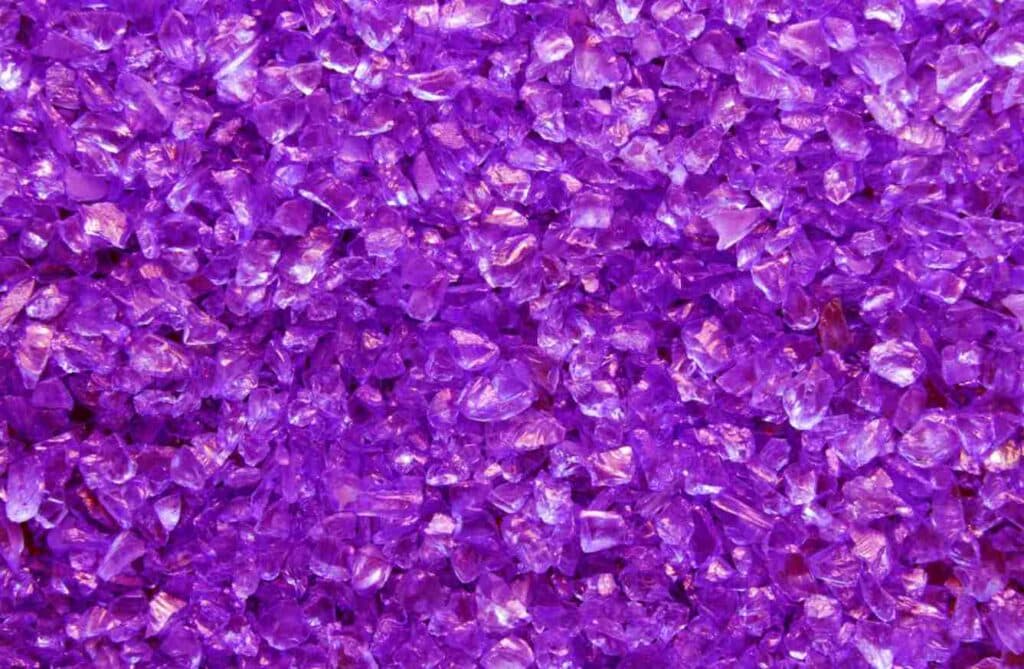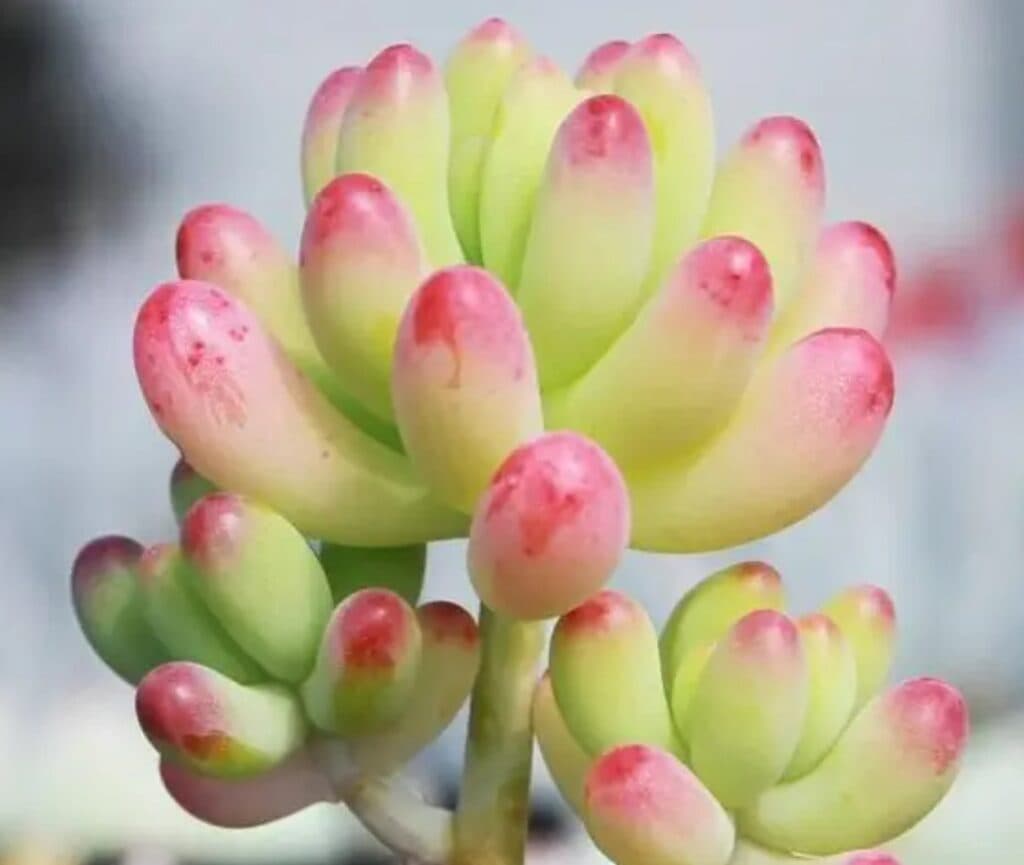What is Garden & Lawn fertilizer? Best fertilizer for grass

Garden & Lawn fertilizer is a general term for a series of fertilizers used to cultivate plants in gardening. This fertilizer is most suitable for potted plants and small area gardening and is easy to apply. The fertilizer has a high dissolution rate and will be completely dissolved after two months, leaving no residue and no hardening of the soil. Increase ventilation, water permeability and water retention, thus speeding up seed germination and promoting plant growth.
What are the 3 types of Garden & Lawn fertilizer? turf builder will use

Slow release Garden & Lawn fertilizer
Granular slow-release fertilizers are the most common and widely used. They are available in various packaging sizes. The color is mainly yellow, but there are also some white and green ones. They appear as small spherical particles. Its main working principle is that it melts when exposed to water, and the outer layer is coated, releasing the fertilizer inside. Depending on factors such as seasonal temperature changes, watering frequency, etc., it can continue to exert its effect for 1-5 months. , so generally slow-release fertilizers are added to the soil for newly planted potted plants, especially when produced in greenhouses. It is also a standard material.
NPK Compound Garden & Lawn fertilizer
This also represents a large category. The so-called compound means that it combines the nutrients needed by a variety of plants, such as 10-10-10 nitrogen, phosphorus and potassium. To put it simply, it is a balanced formula. I remember that this type of fertilizer was used in farmland when I was a child. It is a general-purpose fertilizer, so if you want to be more economical, especially if the dosage is relatively large, you can buy compound fertilizer in large packages. This fertilizer is not expensive. When using it, please read the instructions carefully. It is better to use a low concentration rather than a high concentration that will cause the seedlings and roots to burn and become irreversible.
Quick-acting Garden & Lawn fertilizer aka water-soluable fertilizer
Different from slow-release fertilizers, quick-release fertilizers highlight the “fast” feature. This type of highly water-soluble fertilizers blend quickly when exposed to water, and some are imported. The effect is good, and the price is relatively higher. But the ratio of water to water is also very high. In fact, the overall difference is not too big. According to my many years of plant care experience, different care environments have the greatest impact on plants. Lighting, ventilation, and soil are the three most important things.
What are 2 types of Garden & Lawn fertilizer that Turf builder use?
Before fertilizing your lawn, we need to choose the right fertilizer. Generally speaking, lawn fertilizers can be divided into two categories: organic fertilizers and NPK chemical compound fertilizers.
- Organic Garden & Lawn fertilizers: Refer to fertilizers derived from animals and plants, such as livestock and poultry manure, crop straws, etc.;
- Chemical NPK compound Garden & Lawn fertilizers refer to fertilizers synthesized by chemical methods, such as urea, potassium dihydrogen phosphate, etc.
For lawns, both organic and chemical fertilizers have their own advantages and disadvantages. Organic fertilizers can increase the organic matter content of the soil and improve the soil structure, but the fertilizer effect is slow;
chemical fertilizers have the advantages of quick results and high nutrient content, but long-term use can easily lead to soil hardening and environmental pollution.
Therefore, when selecting fertilizers, they should be properly matched and used according to the specific conditions and maintenance needs of the lawn.
Master the timing of fertilization:When to use Garden & Lawn fertilizer?
Spring Fertilization using Garden& Lawn fertilizer:
Spring Fertilization: Spring is the peak growth season for lawns and an important time for fertilization. At this time, the lawn begins to enter the greening stage, and the root system gradually regains its vitality, requiring a large amount of nutrients to support its growth and development. Therefore, the amount of fertilizer should be appropriately increased in spring to ensure the healthy growth of the lawn.
Summer Fertilization using Garden& Lawn fertilizer:
Fertilizing in summer: Summer is the peak growth period for lawns, and it is also a season of high temperature and rain. At this time, the lawn grows faster and requires more nutrients to support its growth and development. Therefore, the frequency and amount of fertilization should be appropriately increased in summer to ensure the healthy growth of the lawn.
Autumn Fertilization using Garden& Lawn fertilizer:
Fertilize in autumn: Autumn is the late growth stage of the lawn and a time of accumulation of nutrients. At this time, the growth rate of the lawn gradually slows down, and the frequency and amount of fertilization need to be reduced, but the necessary nutrients still need to be provided to the lawn. Therefore, the amount of fertilizer should be appropriately reduced in autumn to ensure the healthy growth of the lawn.
Winter Fertilization using Garden& Lawn fertilizer:
Fertilizing in winter: Winter is the dormant period of the lawn and is also an important period for maintenance. At this time, the growth of the lawn has basically stopped, and the frequency and amount of fertilization need to be reduced, but the necessary nutrients still need to be provided to the lawn. Therefore, the amount of fertilizer should be appropriately reduced in winter to ensure the healthy growth of the lawn.
What are the 3 commonly used Garden & Lawn fertilization methods?

Broadcasting method:
Broadcasting method: Spread the fertilizer evenly on the lawn surface, and then soak the fertilizer into the soil through watering or rain. This method is simple and easy, but you need to be careful not to spread fertilizer on the lawn blades to avoid causing damage to the lawn.
Strip application method:
Strip application method: Dig a trench or hole in the lawn, apply fertilizer, then cover with soil and water. This method is beneficial to the concentrated use and absorption of fertilizers, but care must be taken not to damage the surface soil structure of the lawn. lawn.
Spraying method:
Spraying method: Prepare the fertilizer into a solution and spray it on the lawn surface or leaves. This method is beneficial to the absorption and utilization of fertilizers, but care must be taken not to spray the solution on pedestrians or vehicles.
How to reasonably match garden & Lawn fertilizer types? best Lawn weed and feed
When fertilizing the lawn, we need to properly mix the types of fertilizers. Generally speaking, the nutrients needed by lawns include macroelements such as nitrogen, phosphorus, and potassium, as well as medium and trace elements such as calcium, magnesium, and sulfur. Different elements have different effects and effects on the growth and development of lawns. Therefore, when selecting fertilizers, they should be properly matched and used according to the specific conditions and maintenance needs of the lawn.
How to maintain and manage your lawn regularly
When fertilizing the lawn, we also need to perform regular maintenance and management. Generally speaking, lawn maintenance and management includes many aspects such as watering, pruning, weeding, and pest control. These measures will help promote healthy growth and development of your lawn. Therefore, when maintaining lawns, comprehensive management and maintenance should be carried out according to specific conditions.

